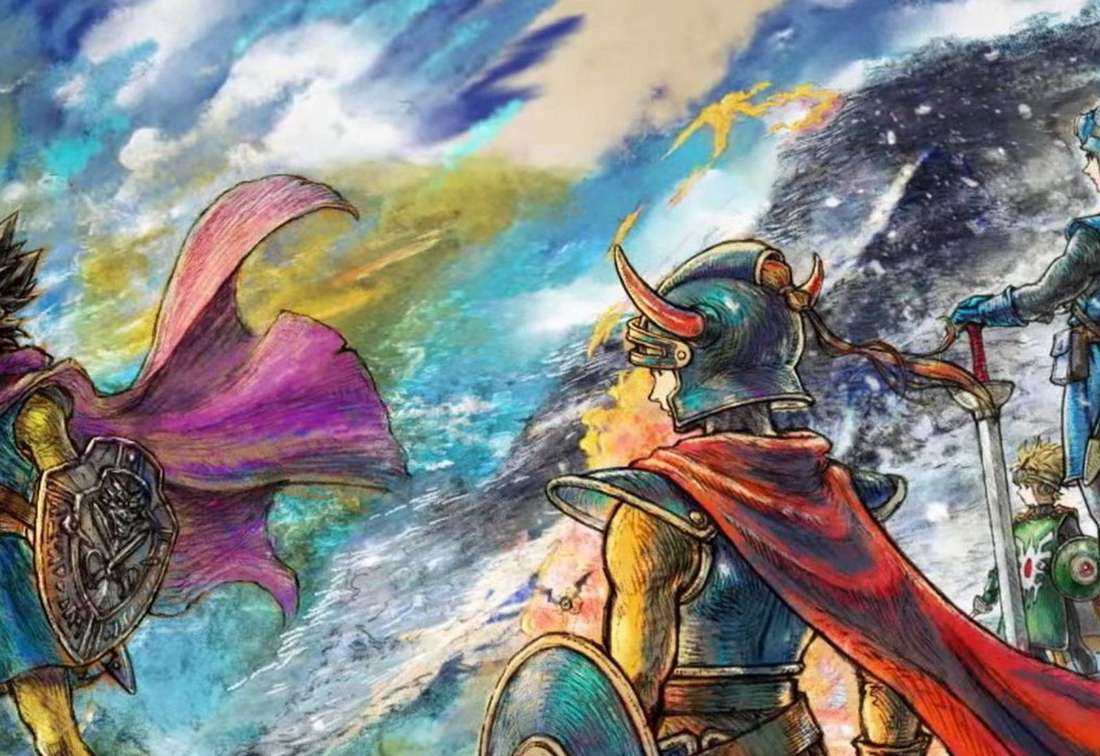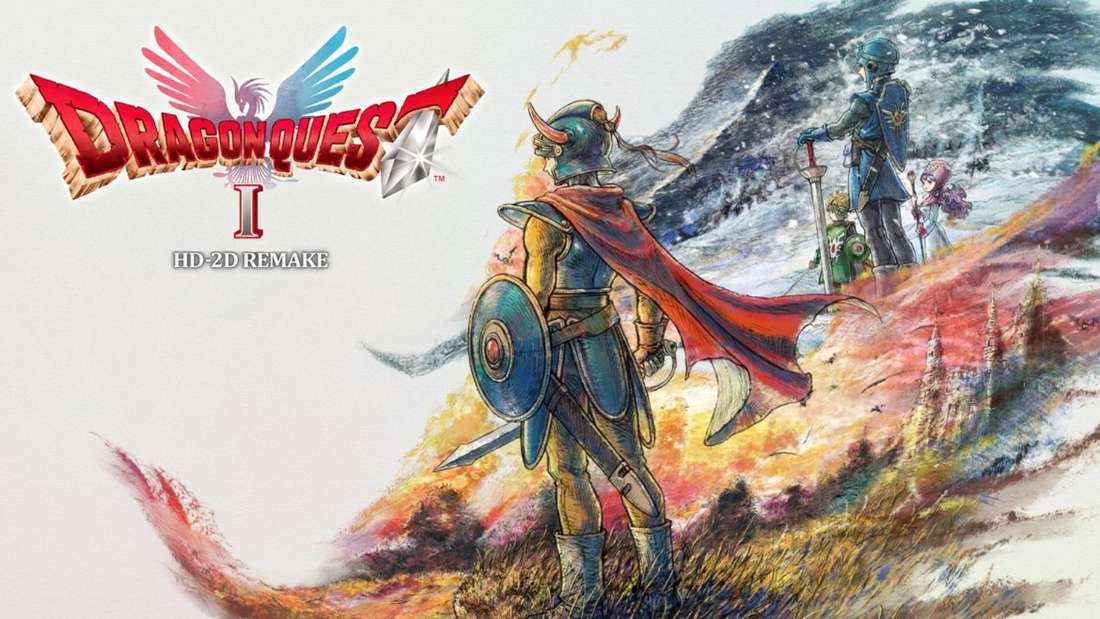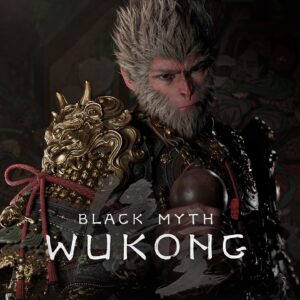Dragon Quest 1’s Enduring Legacy: A Timeless Classic Still Captivates Modern Gamers
Popular Now
 Toca Boca World
Toca Boca World
 Poppy Playtime
Poppy Playtime
 NBA 2K24
NBA 2K24
 Free Fire
Free Fire
 Stumble Guys
Stumble Guys
 Auto X Drift Racing 3
Auto X Drift Racing 3
 League of Legends
League of Legends
 Valorant
Valorant
 Free Fire Max
Free Fire Max
 Sonic the Hedgehog™ Classic
Sonic the Hedgehog™ Classic

In an era dominated by sprawling open worlds, photorealistic graphics, and complex narrative choices, revisiting a foundational title like the original Dragon Quest (known as Dragon Warrior in its initial North American release) might seem like a venture into ancient history. Yet, after all these years, it’s astonishing how well Dragon Quest 1 holds up, delivering an engaging and surprisingly deep experience that continues to resonate with both veteran RPG enthusiasts and curious newcomers alike. This isn’t merely a nostalgic trip; it’s a testament to brilliant game design that has stood the test of time, proving its mettle against the backdrop of an ever-evolving gaming landscape.
Released in Japan in 1986 and North America in 1989, Dragon Quest for the Famicom/NES laid much of the groundwork for what would become the quintessential Japanese Role-Playing Game. Its influence is immeasurable, directly inspiring countless titles and shaping the expectations of an entire generation of gamers regarding turn-based combat, world exploration, and character progression. Many might dismiss it as overly simplistic by today’s standards, but this simplicity is precisely where its genius lies, offering a purity of design that is often lost in more contemporary, feature-bloated releases.
The Elegant Simplicity of Gameplay Mechanics
One of Dragon Quest 1’s most striking features is its remarkably streamlined gameplay loop. Players embody the descendant of the legendary hero Erdrick, tasked with vanquishing the malevolent Dragonlord and rescuing Princess Gwaelin. The core mechanics are deceptively straightforward: explore a world map and dungeons, engage in turn-based battles, earn experience points and gold, upgrade equipment, and slowly uncover the path to victory. There are no complex skill trees, elaborate crafting systems, or branching dialogues with moral consequences. Instead, the focus is entirely on progression and discovery.
The turn-based combat, while basic, requires strategic thinking, especially in the early game. Each encounter, whether against a lowly Slime or a formidable Green Dragon, demands careful consideration of resource management. HP and MP are precious commodities, and knowing when to use a healing spell or retreat to safety is paramount. This creates a genuine sense of challenge and reward that modern RPGs sometimes dilute with an overabundance of convenience features. The absence of an auto-save function further intensifies each decision, making every victorious battle and hard-won gold piece feel earned.
 A World That Invites Exploration and Imagination
A World That Invites Exploration and Imagination
Despite the NES’s graphical limitations, the world of Alefgard is surprisingly immersive. Players navigate through forests, mountains, swamps, and treacherous caves, each tile-based step feeling meaningful. The non-linear progression, especially after acquiring certain key items, encourages exploration and critical thinking. Players aren’t constantly barracked by quest markers or a minimap; instead, they rely on cryptic clues from NPCs and their own keen observation to navigate the vast world. This emphasis on player-driven discovery fosters a unique sense of adventure and personal accomplishment that is often lauded in retro gaming communities.
The NPCs, though minimal in dialogue, effectively convey the world’s peril and the hope placed upon the hero. Their brief utterances often contain crucial hints or flavor text that enrich the sparse narrative. For instance, the infamous ‘Return to Tantegel Castle’ line, once a source of mild frustration, now stands as an iconic element of the game’s charm, reinforcing the idea of a hero’s sole burden and the centralized importance of the kingdom.
The Enduring Appeal of Akira Toriyama’s Art and Musical Masterpieces
A significant factor in Dragon Quest’s enduring appeal is the iconic art direction by Akira Toriyama (of Dragon Ball fame) and the unforgettable musical score by Koichi Sugiyama. Toriyama’s distinctive character designs – from the adorable Slime to the menacing Dragonlord – are instantly recognizable and have become synonymous with the franchise. These designs are timeless, transcending generational shifts in graphics and continuing to charm players even today. The simple, yet expressive sprites contribute significantly to the game’s inviting atmosphere.
Similarly, Koichi Sugiyama’s orchestral compositions are legendary. The main theme, the battle theme, and the overworld music are not just catchy; they evoke a profound sense of adventure, danger, and triumph. Even in their 8-bit renditions, these melodies inject tremendous personality and emotional depth into the game. For many, these musical pieces are not just background noise but integral components of the Dragon Quest experience, triggering powerful gaming nostalgia and enhancing every moment of exploration and combat.
Modern Relevance and High-CPC Keywords in Retro Gaming
In today’s competitive gaming market, the concept of ‘retro gaming’ holds significant value, attracting a dedicated audience interested in video game history, classic JRPGs, and the roots of modern RPG mechanics. Dragon Quest 1 fits perfectly into this niche, offering a rich educational experience for those curious about the genre’s origins. High-CPC keywords such as ‘classic JRPG review,’ ‘retro gaming experience,’ ‘turn-based RPG mechanics,’ and ‘video game history’ naturally align with discussions surrounding this title, making it a valuable subject for content creators and advertisers alike.
The game’s influence extends beyond mere nostalgia. Modern game developers often cite Dragon Quest as a major inspiration, and understanding its design principles can provide crucial insights into contemporary game design. Its focus on clear objectives, satisfying progression, and an accessible yet challenging difficulty curve are lessons that remain relevant in the design of popular games today. For instance, the core loop of exploring, fighting, and leveling up is still fundamental to many successful RPGs, demonstrating the timelessness of Dragon Quest’s approach.
 Accessibility in Modern Formats
Accessibility in Modern Formats
Thankfully, revisiting Dragon Quest 1 is easier than ever. The game has seen numerous re-releases and remakes across various platforms, including mobile devices (iOS, Android), Nintendo Switch, and even modern retro consoles. These versions often feature quality-of-life improvements, enhanced graphics (while retaining the original charm), and sometimes even orchestral soundtracks. This means new players can experience the original magic without the barriers of outdated hardware, making it a highly accessible entry point into the venerable Dragon Quest franchise.
- Nintendo Switch: The recent Switch port offers an excellent way to play, blending modern convenience with the classic experience.
- Mobile Platforms: The smartphone versions are perfect for on-the-go adventure, maintaining the core gameplay while adapting controls for touchscreens.
- Emulator Communities: For purists, emulators provide a way to experience the original NES version in its unadulterated form.
These re-releases highlight the continued commercial viability and enduring appeal of the game, proving that a well-crafted title can transcend technological advancements and continue to generate interest and revenue decades after its initial launch. The investment in these ports underscores the fact that Dragon Quest 1 is not just a historical artifact but a living, breathing part of the gaming ecosystem.
Conclusion: A Legacy That Continues to Shine
Dragon Quest 1 is more than just an old game; it is a foundational pillar of the RPG genre, a testament to brilliant design, and a truly timeless classic. Its elegant simplicity, immersive world, iconic art, and unforgettable music combine to create an experience that holds up shockingly well even after all these years. It’s a game that respects the player’s intelligence, rewards exploration, and provides a pure, unadulterated sense of adventure. For anyone looking to understand the roots of modern RPGs, seeking a refreshing break from overly complex titles, or simply wanting to experience a piece of gaming history, Dragon Quest 1 remains an essential and highly rewarding journey. Its legacy continues to shine brightly, proving that true quality in game design is indeed eternal.









